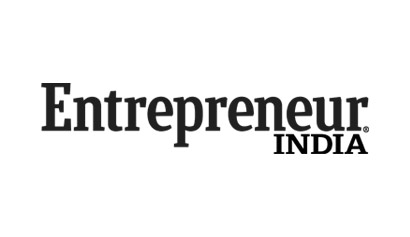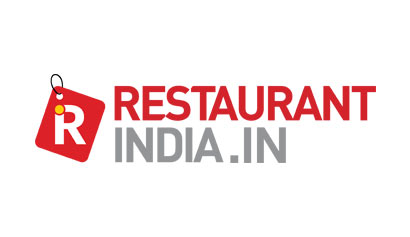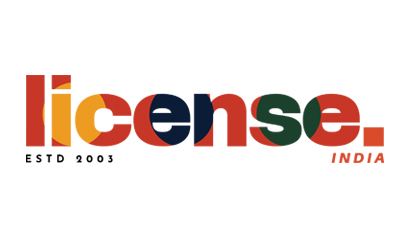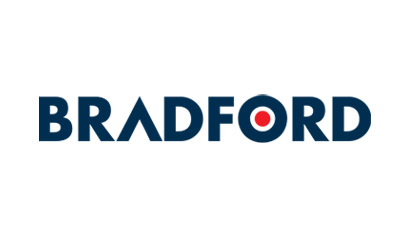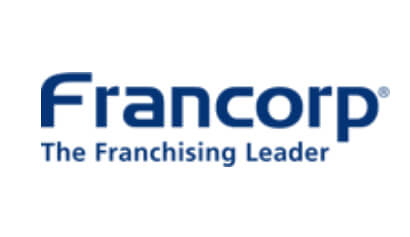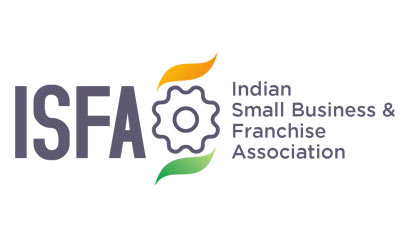To get access to over 10000+ Franchise Business Opportunities.
Network with the growing Business Community to get expert interventions to let you learn to Grow & Expand your Business with Franchising.
Vakrangee makes life comfortable for those staying away from metros and cities through its digital services. Its business model makes for a perfect case study.

After serving government projects for over a decade to deliver services for rural citizens, it was only natural for Vakrangee founder Dinesh Nandwana to build a business focused on rural areas. The Mumbai-based company was formed at an opportune time when various state governments were looking to launch ‘citizen service centres’ across mofussil regions.
THE EASE FACTOR
Citing an example of how Vakrangee has transformed non-urban lives in India, Anil Khanna, MD and Group CEO, Vakrangee, says, “Earlier, residents of Dhanu, a rural area near Mumbai, had to spend an entire day to go to the bank and collect their wages. The nearest bank was 10 km away. Vakrangee has tied-up with major banks to deliver banking services from 9 am to 9 pm all through the week. It has enabled Aadhaar based-banking, through which all the transactions are paperless and biometric-based. And Amazon orders reach a Nextgen Vakrangee Kendra even in a Tier VI location.”
Vakrangee is the largest social equalizer providing assisted digital reach to all citizens. Those in Tier V or Tier VI locations have the same experience and access to services as citizens in Tier I or Tier-II cities, all this at no extra cost to the customer, adds Khanna.
FRANCHISE MODEL
Vakrangee earlier had a franchise network of 45,000+ kendras with a mixed basket of large, small and micro non-exclusive outlets to deliver financial, e-Governance services and e-commerce products. It aims to upgrade these existing kendras to exclusive nextgen Vakrangee Kendras to have a consistent service and consumer experience. The company offers franchise opportunities with investment of just Rs 8-10 lakh. Rs 3 lakh will be invested towards the hardware kit which includes laptop, printer, digital signage, display monitors, CCTVs and other hardware equipment. An ATM machine is provided free of cost on custodian basis. Another Rs 1-2 lakh goes for interiors and fitouts as per the design manual of the company. In addition, the franchisee will need working capital of Rs 3-5 lakh that will be deposited in the ATM.
According to Khanna, a mature nextgen Vakrangee outlet can generate Rs 1 lakh revenue every month, of which 65-80 per cent will go to the franchisee and 35-20 per cent to Vakrangee, thus allowing them to breakeven in 18-24 months.


Business Opportunities
Browse By Investment Range
Browse By States
Popular Cities




